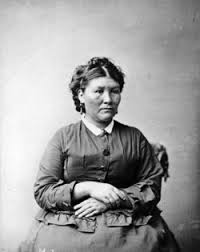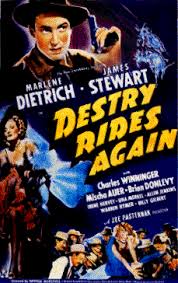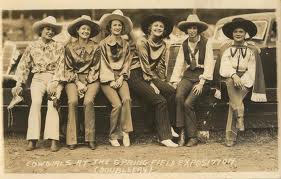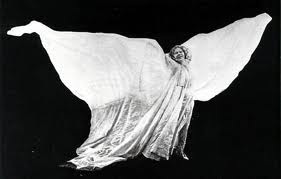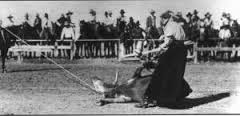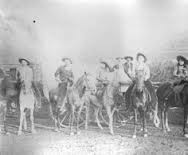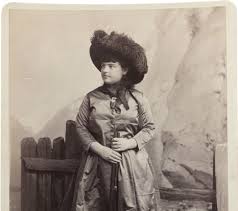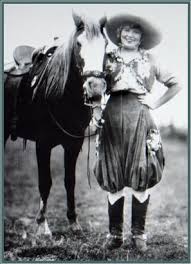Enter to win. This month enter to win a copy of
She Wore a Yellow Ribbon:
Women Soldiers and Patriots of the Western Frontier.
It was almost two in the morning and Elizabeth Custer, the young wife of the famed “boy general” George, couldn’t sleep. The heat kept her awake-a sweltering intense heat that had overtaken fort Lincoln in the Dakota Territory earlier that day. Even if the conditions had been more congenial, however, sleep would have eluded Elizabeth. The rumor that had swept through the army post around lunchtime disturbed her greatly, and until this rumor was confirmed she doubted that she’d be able to get a moment’s rest.
Elizabeth, or Libbie, as her husband and friends called her, carried her petite, slender frame over to the window and gazed out at the night sky. It had been more than two weeks since she had said good-bye to her husband. She left him and his battalion a few miles outside the fort. George had orders from his superior officers in Washington, D.C., to “round up the hostile Indians in the territory and bring about stability in the hills of Montana.”
George and Elizabeth made their good-byes and she headed back to the fort. As she rode away, she turned around for one last glance at General Custer’s column departing in the opposite direction. It was a splendid picture. The flags and pennons were flying, the men were waving, and even the horses seemed to be arching themselves to show how fine and fit they were. George rode to the top of the promontory and turned around, stood up in his stirrups, and waved his hat. They all started forward again and in a few seconds disappeared; horses, flags, men, and ammunition-all on their way to the Little Bighorn River. The was the last time Elizabeth saw her husband alive.
To learn more about Elizabeth Custer and other women soldiers and patriots of the Western Frontier read She Wore A Yellow Ribbon.


